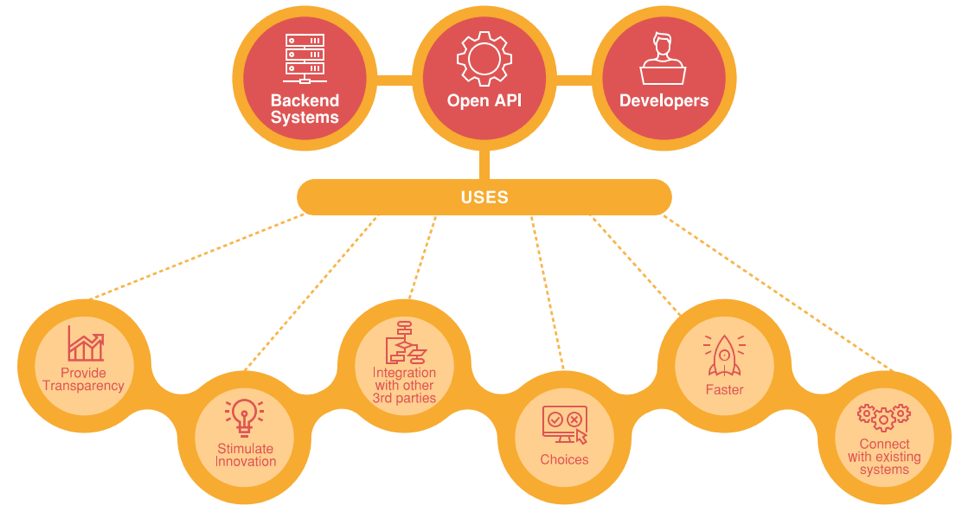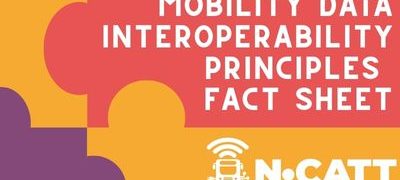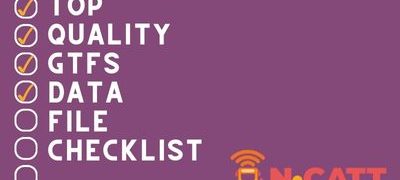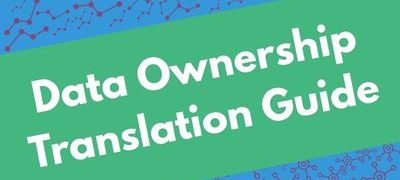An API (Application Programming Interface) is the translator that allows two pieces of software to talk to one another. For example, an API might be used to fetch realtime transit alerts to display on an agency website, or allow a fare payment system to communicate with a mobile app. An Open API (also referred to as a public API) is an API that is open to the public: it’s documented, internet-accessible, and available for everyone to use—often without special agreements.
Why Open APIs Are Important
When your systems support Open APIs, or when you choose vendors who offer them, you gain flexibility, transparency, and long-term value. Here’s why that matters:
Avoid Vendor Lock-In
Many agencies have struggled with proprietary systems that don’t “play nice” with others. If only one vendor can access or use the data, switching providers becomes expensive and complicated. Open APIs ensure your agency—not the vendor—controls the data and how it’s used.
Enable Interoperability
Open APIs make it easier for systems from different vendors to connect. That means your fare payment vendor can integrate with your trip planner, or your CAD/AVL system can feed into your performance dashboard. With the right APIs, you don’t need an all-in-one solution from a single vendor—you can choose the best tool for each job.
Future-Proof Your Technology
Open APIs let you modernize over time. Instead of replacing everything at once, you can update systems piece by piece, knowing they can still connect. For example, you could add mobile payments or real-time crowding information without changing your whole dispatch system.
Encourage Innovation
When data is accessible, it empowers others to build on it—whether that’s your internal staff, local universities, civic tech groups, or private developers. Many of today’s most popular rider-facing apps were built using transit agency APIs.
Provide Transparency
Above all, open APIs provide transparency in data and business processes, which can, in turn, result in enhanced public trust of the agency.
API Features and Considerations
- Uses open data standards like GTFS, GTFS-RT, or SIRI
- Has clear and accessible documentation
- Offers API access without high fees or complicated approvals
- Ensures the agency owns and can export its own data
- Maintains stable versions and communicates updates clearly
- Follows secure data practices and includes protections like rate limits
How Open APIs Are Used in Transit
- Trip Planning – Share schedules, stops, and real-time locations with apps like Google Maps or Transit
- Real-Time Alerts – Push service alerts, detours, and vehicle arrival predictions to riders
- Mobile Fare Integration – Connect fare payment apps with trip planners for seamless rider experience
- Multimodal Coordination – Combine transit with bike-share, TNCs, or microtransit in a single app
- Performance Monitoring – Feed data into internal dashboards for operations and planning
Open API Use Cases
MBTA v3 API
Boston’s MBTA provides access to their open data through their vendor partner Constant Contact software through an Open API. Developers have access to static and real-time route and schedule information, vehicle positions, alerts, facility information, predicted arrival/departure times for routes at stops, and performance data. Over 40 third-party apps use this API to keep riders informed.
Integrated Trip Planning and Payment
Trip planning apps can use open APIs to integrate multimodal trip planning with mobile ticketing platforms and alerts. aTa Bus in the Flint Hills region of Kansas integrates trip planning through Transit App with Token Transit mobile fare payment to provide a single location for users to plan a trip, see real-time crowding levels on the bus, track their bus, and pay their fare. These tools work together thanks to open APIs between vendors.
SEPTA Open Data Portal
In 2023, SEPTA in Pennsylvania launched an Open Data Portal, with features such as a “Ridership Recovery Dashboard” that pulls live ridership and service–level data to compare current usage against pre‑pandemic baselines. The portal not only provides an Open API, but is itself built on Open APIs that provide the financial, ridership, and GIS data which powers the dashboards.
RideNoCo Volunteer Driver Coordination
In late 2023, Weld County’s RideNoCo program connected four volunteer driver DRT services using the Transaction Data Specification (TDS), an Open API standard developed in TCRP Report 210. The API allows the programs to share booking and trip-status data across providers, with an aim to improve cross-jurisdictional service.





